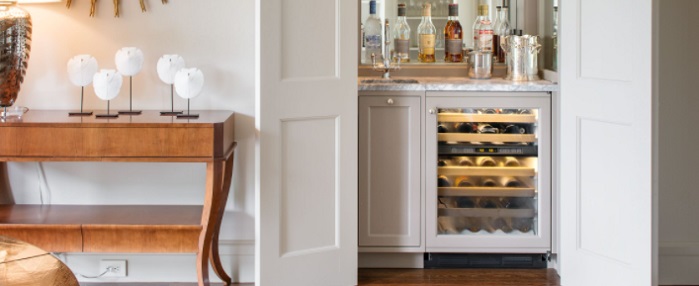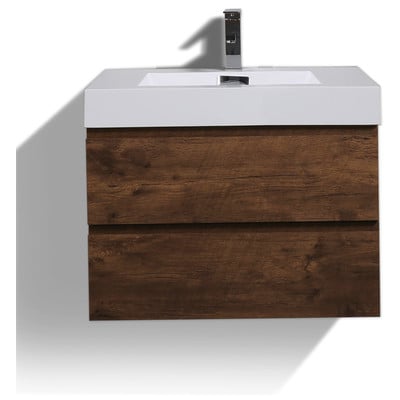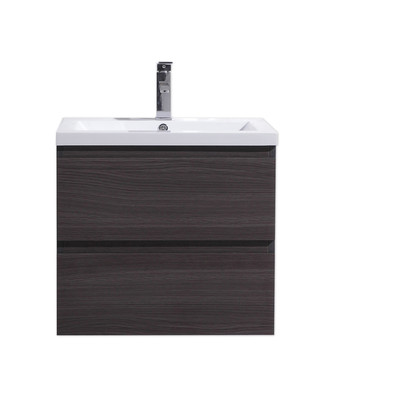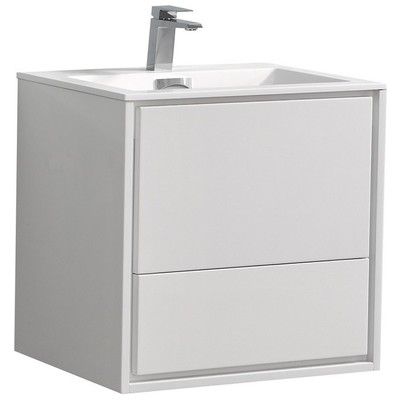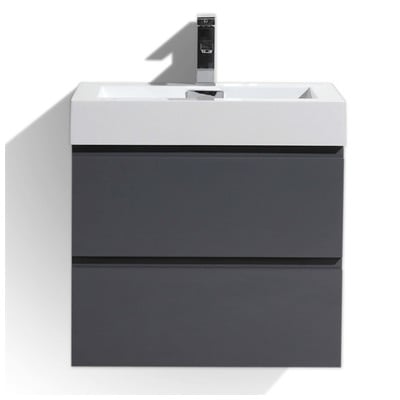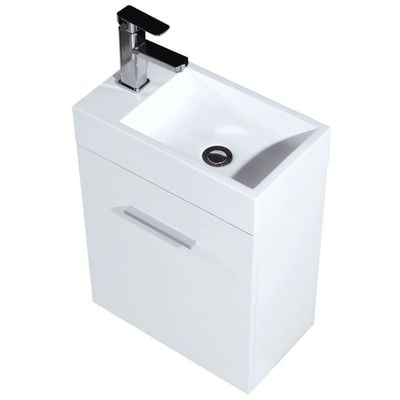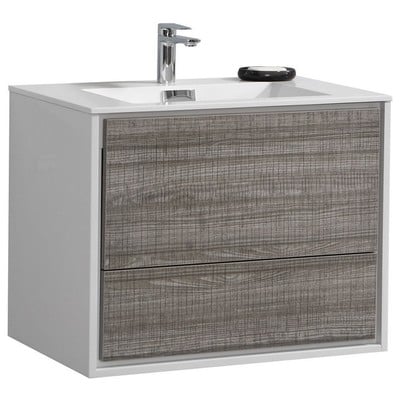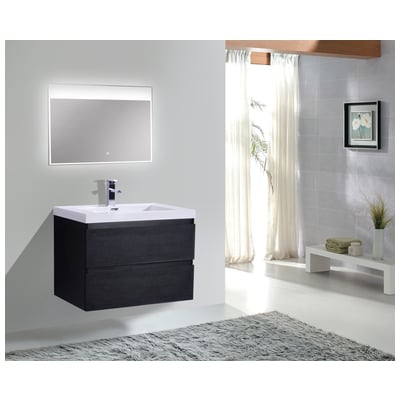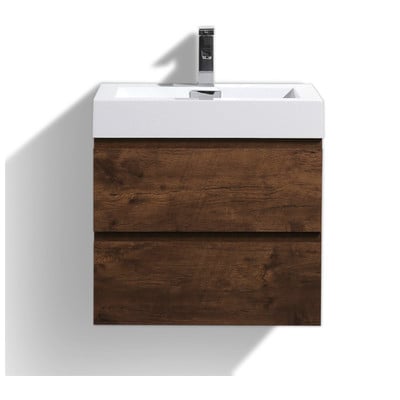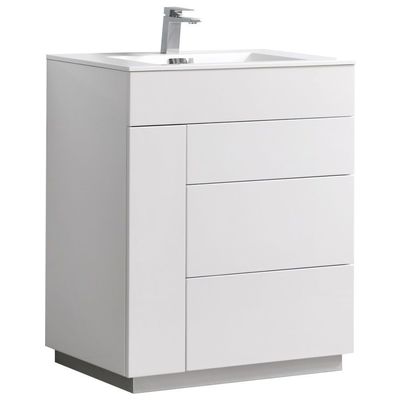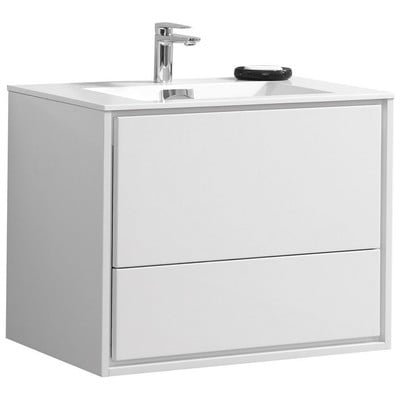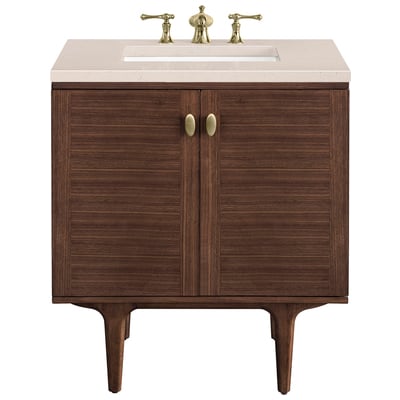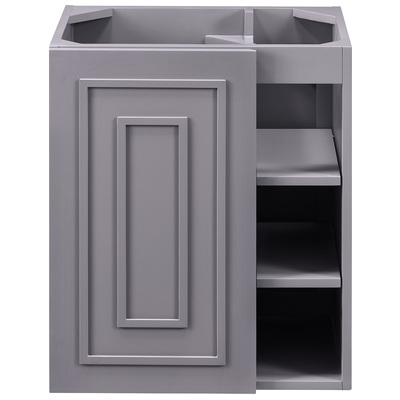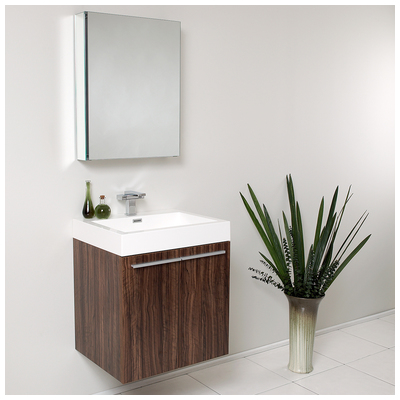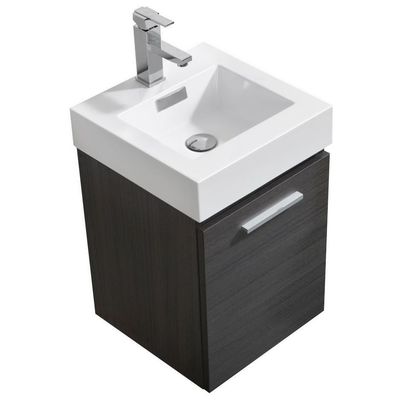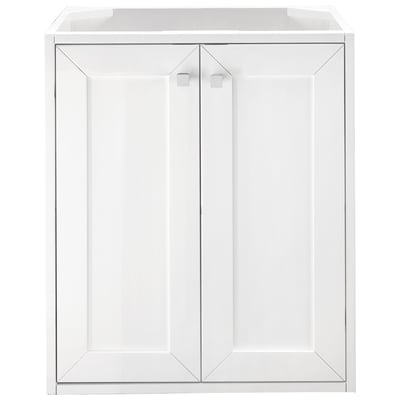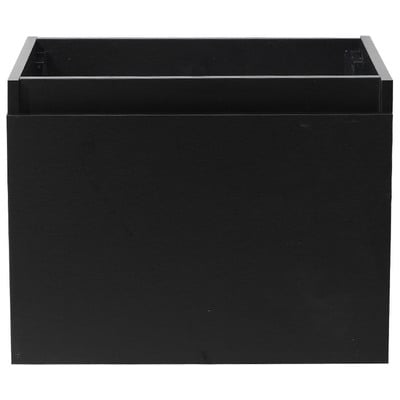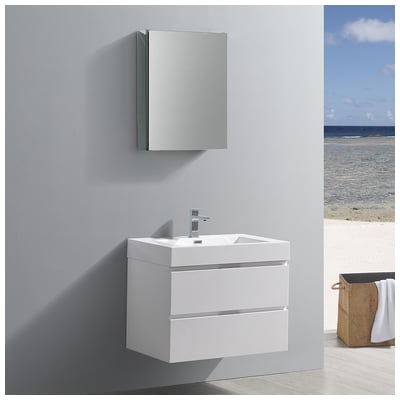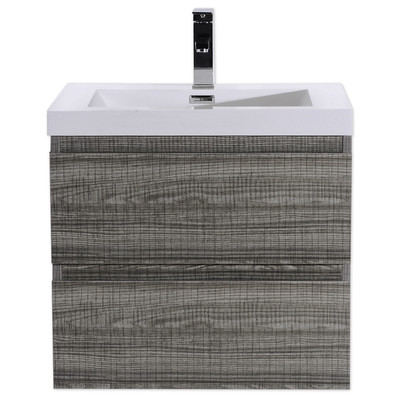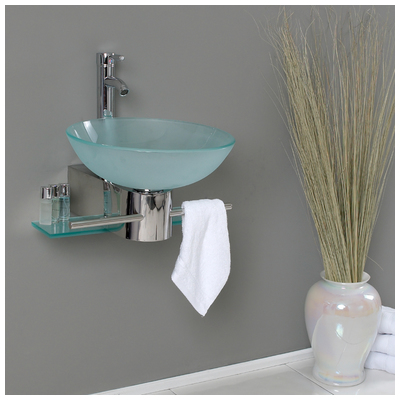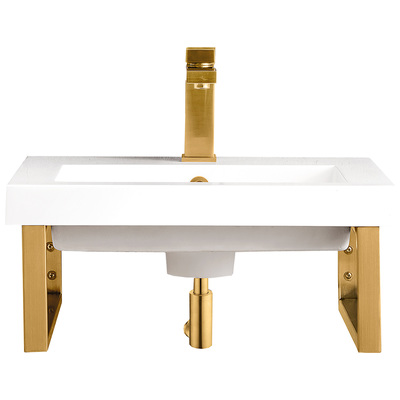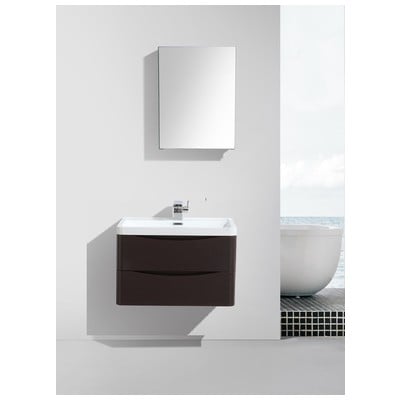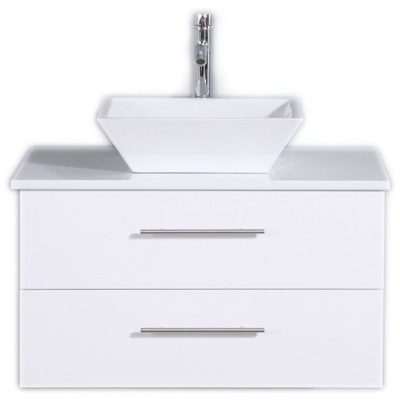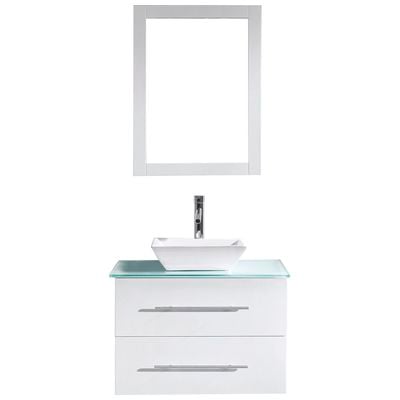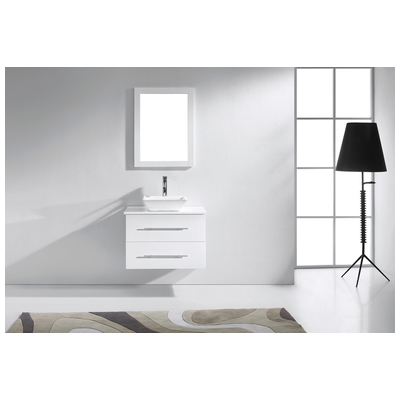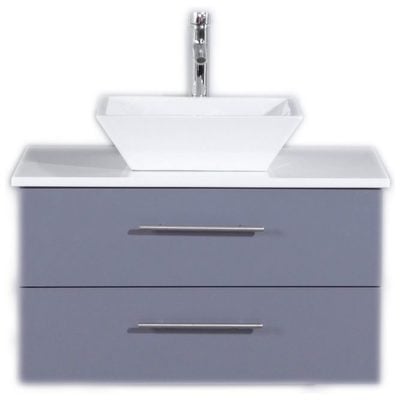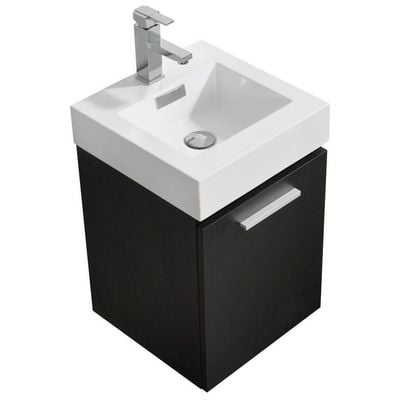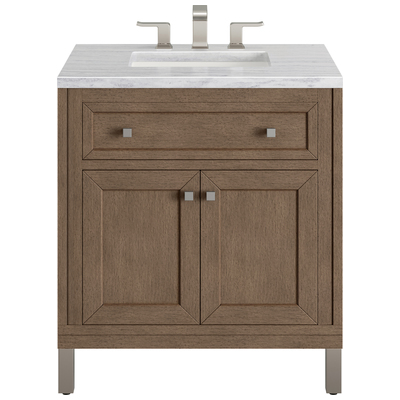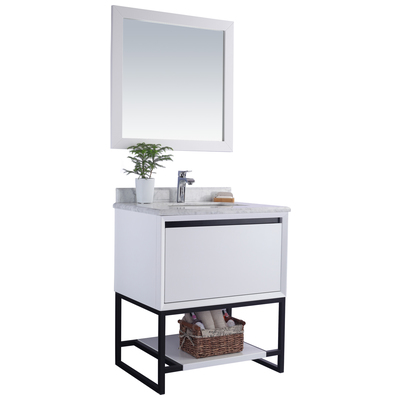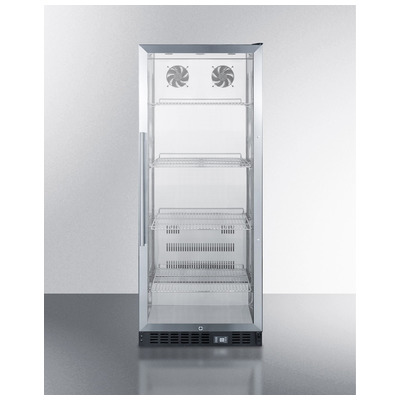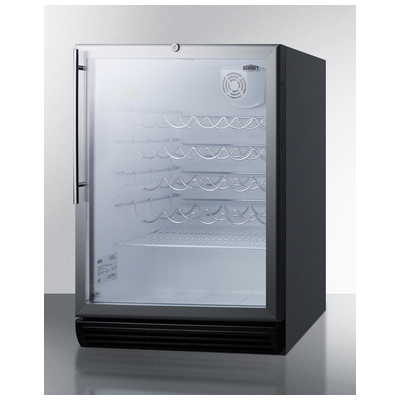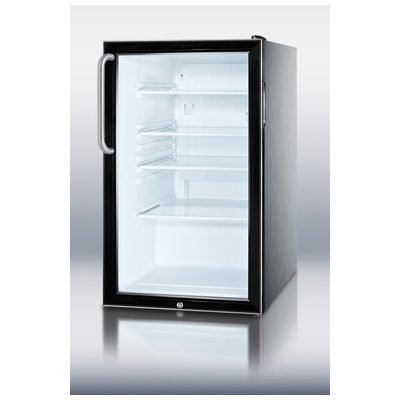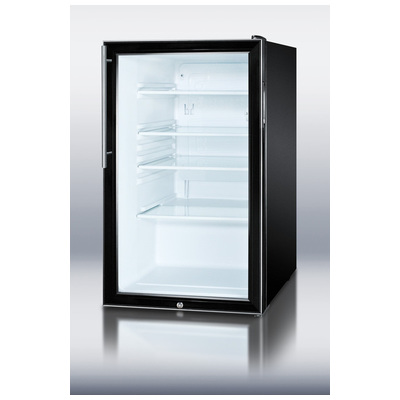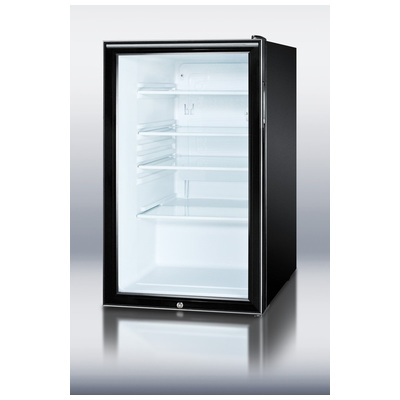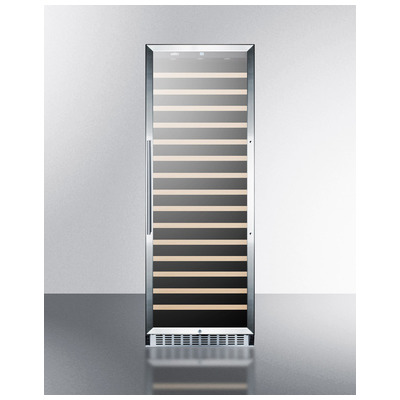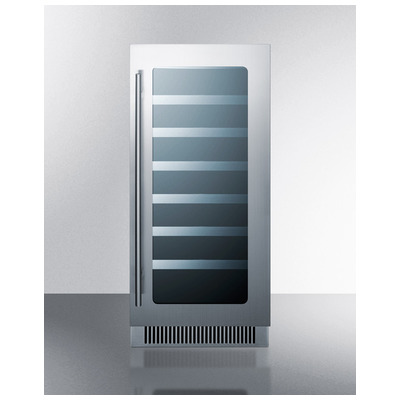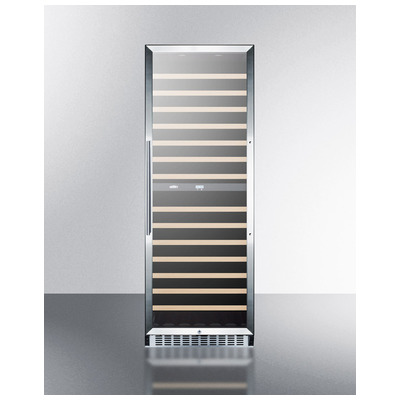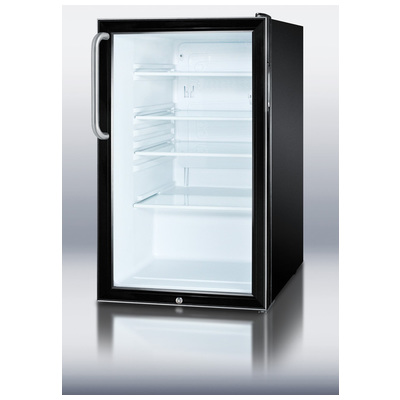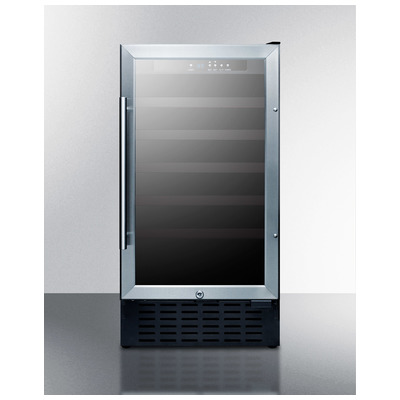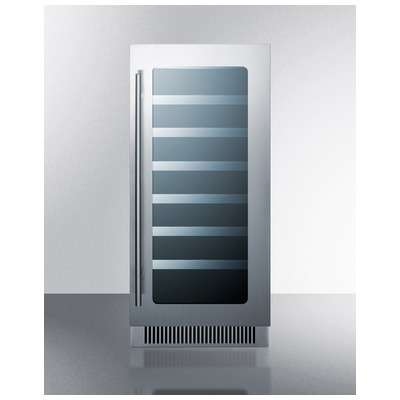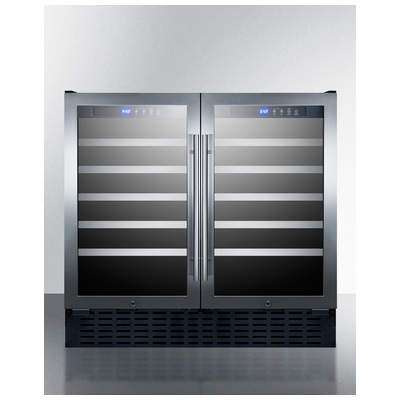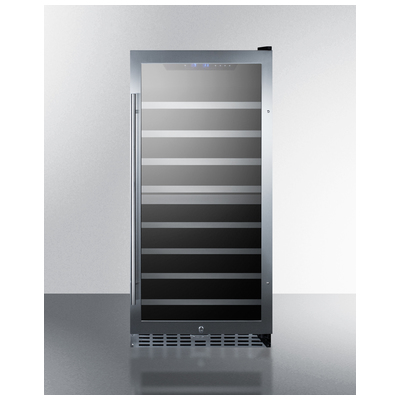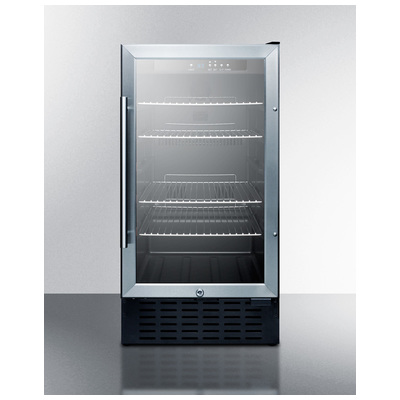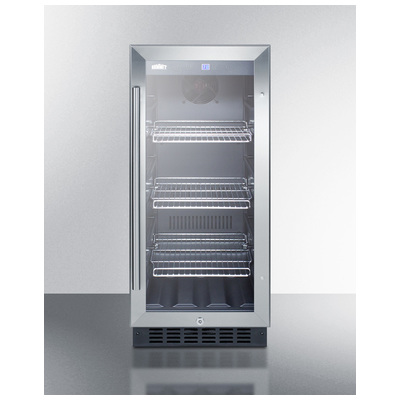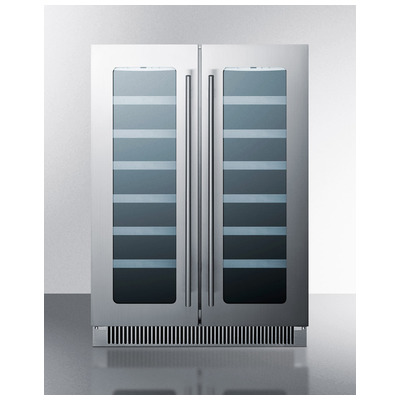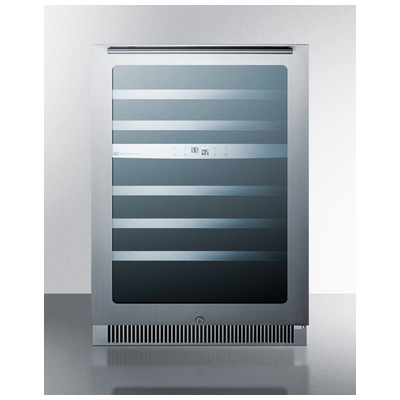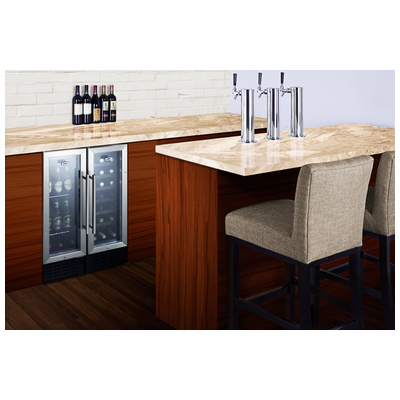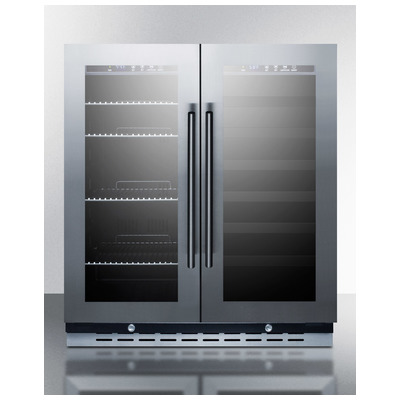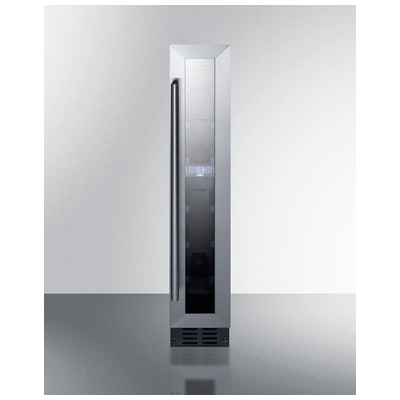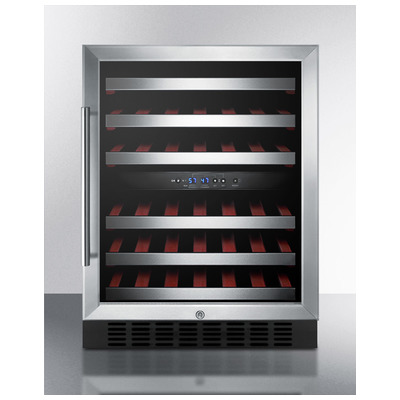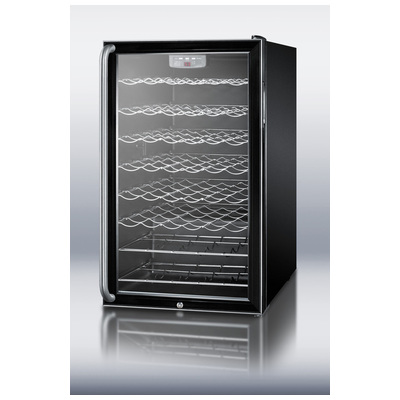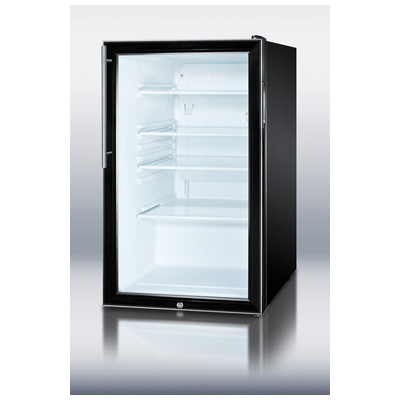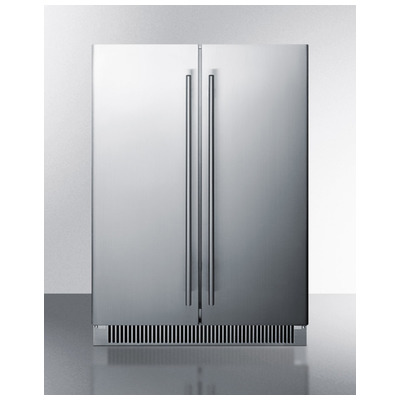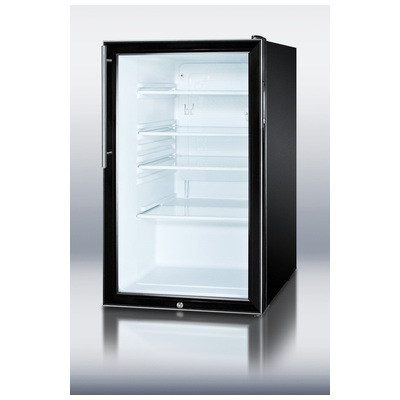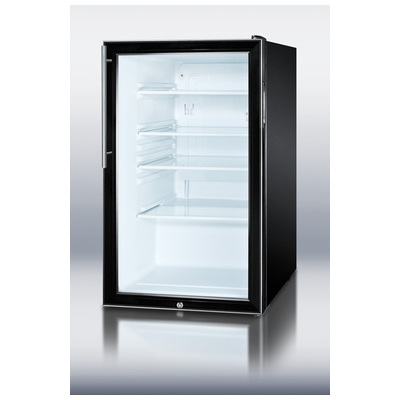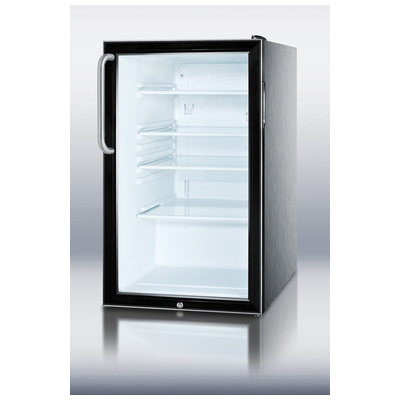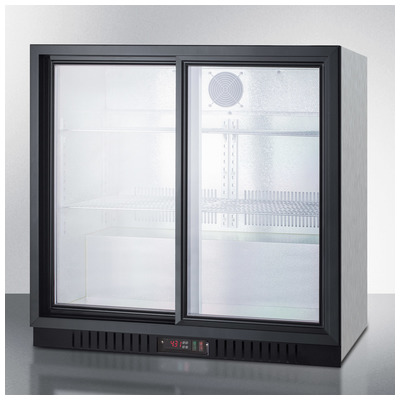I’ve always coveted more closet space. I never seem to have enough of it, and there’s no better way to hide a lot of accumulated stuff – whether it’s clothes, board games, golf clubs, or old paperwork – than behind a closed closet door. Which is why it might sound a little outrageous to suggest sacrificing a closet to use the space for something else. But if you can stand the lost storage, you can transform that little bit of spare square footage into the perfect spot for that thing you need but just don’t have the space for. So while closet conversions certainly aren’t for the faint of heart, here are six projects that might be worth the trade.
Hide Away Your Home Office

Converting a closet into a home office (or “cloffice“) is a favorite project of mine. Why? Even the smallest closets can fit a desk surface and office chair. Larger ones are big enough that you can close yourself in for privacy and quiet. Better still, it’s one of the few ways to get an office you can close the door on after hours (without sacrificing an entire spare room). So if you have an office setup that feels like an eyesore, moving it into a spare closet can help get work off your mind and help improve your work/life balance. Not all closets have built-in electrical wiring or lighting, but it’s usually not a stretch to lead a power strip or extension cord to one. Upgraded pocket, barn, or accordion-style doors are a nice bonus for keeping things looking tidy when you’re working, but aren’t a must-have.
Simplify Chores With A Close-At-Hand Laundry Closet

A “laundry room” is wherever you put your washer and drier, whether that’s a sun-soaked, first-floor room or a dark corner of your basement. Somewhere on the middle of this spectrum are laundry closets. Another of my favorite closet conversions, laundry closets let you keep your washer and drier in an easy-to-access spot, with doors that let you hide piles and baskets of in-process clothing. There are a few drawbacks: if you have loud machines, they’ll be loud in a more prominent spot in your home. You’ll also need to provide the proper hookups (gas, water, electricity, ventilation), which can be a challenge depending on the location of the closet. On the upside, this project that scales well to the size of the closet; stacked washer and dryer combos run as little as 24″ wide, which leaves plenty of room for counters, bins, or even a laundry sink.
Convert Your Closet Into… A Bathroom?

I’ve spent years helping people brainstorm how and where to add a spare bathroom to their existing homes. It might sound bonkers, but trading a closet for a bathroom is often a good way to go. From gutting and rebuilding a closet for an instant en-suite master setup to sacrificing a hall closet for a small guest bathroom, if you’re desperate to add another bathroom but can’t find space in your floorplan, it might be worth giving your built-in storage spaces a second look. As with laundry, similar caveats apply: you’ll need plumbing and electrical at minimum. But for most closets it’s easy to punch through to an adjoining wall, either to create a new entrance or access existing supply lines. You’d have to sacrifice a lot of closet space for a roomy, luxe bathroom, but adding a sink and toilet is well within the bounds of most mid-sized closets.
Convert A Closet Into A Walk-In Pantry

After spending a good chunk of 2020 in the kitchen, many homeowners have become… less enamored with open floorplan layouts, which keep kitchen clutter (and the cook) front and center in the home 24/7. That’s turned into a big call for more privacy and large-scale storage in the kitchen – specifically ranging from small larders to full walk-in butler pantries. One option to get these is to close off part of the kitchen (that you maybe just finished opening up). The other is to take a peek at your adjacent walls, and see if any of them happen to have a closet on the other side. If you have the space to spare, closing up a closet’s current entrance and inverting it can create a walk-in butler pantry on the kitchen side, ideally with minimal disruption to your existing kitchen setup.
Surprise Your Guests With A Secret Home Bar

All that said, not all closet conversions have to be done out of sheer necessity. If you purely want to make better use of a closet that you don’t really need, there are plenty of fun projects you can do, too. This one’s a favorite: turn a living or dining room adjacent closet into a surprise home bar. These are a surefire way to wow guests, while also affording you the possibility of more secure and/or stable alcohol storage. A simple wet bar, with a small bar sink, liquor storage, and an undercabinet wine cooler is perfect for anyone who simply wants to entertain. Add a lock on the door, and your whole bar becomes kid-proof. For a more serious collector, a converted closet can easily house a larger wine refrigerator (or even built-in climate controls) to store wine in a dark, temperature-controlled environment that’s also stylish and easily accessible.
Add A Spare Bed To Your Office Or Kid’s Room

Last but not least is one of the iconic old school closet conversions: the Murphy bed. Now, there are a lot of ways to build a Murphy bed. Many are freestanding, so you don’t need to give up a closet to get one. That said, if you have a shallow closet (anywhere from 43″-86″ wide) in a room you’d like to use as a guest bedroom/office, you can recess the bed into the wall without taking up more floor space. In other words, rather than adding a bulky wall unit, you can hide the bed in a chunk of storage space that’s otherwise unused. That spells a home office that won’t feel overcrowded. Bonus: if you want to add a second bed in a kids room, you can also turn a closet into a recessed bunk bed, without overcrowding the rest of the room, or do a hidden desk/bed combo.
The idea of sacrificing a closet for any reason might sound unthinkable. But if there’s a project your home really needs, and your only other option is to do a full addition, it might be worth taking a second look at how much built-in storage you really need. Closet conversions aren’t always easy (and they certainly aren’t for everyone), but they can give you the wiggle room to pull off a project that might be worth more than that extra closet bar!

